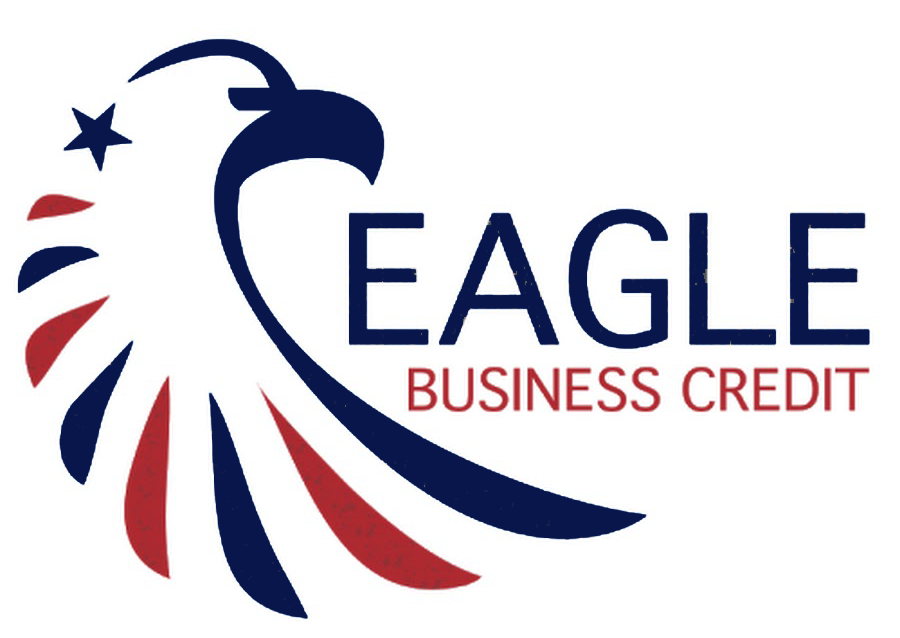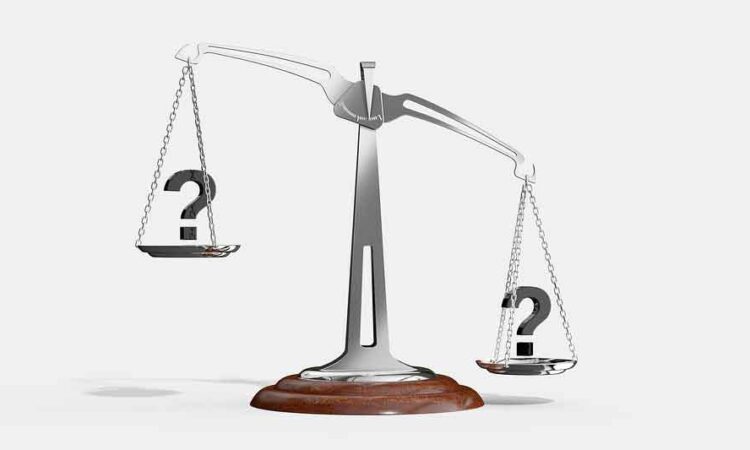The Paycheck Protection Program is aimed at keeping small businesses and nonprofits afloat during harsh economic times caused by COVID-19. The main selling point of this program is that the loan is up to 100% forgivable. The downsides, however, is that many business owners will have to repay the loan. These loan repayments can come about unexpectedly if you are thinking that the loan is going to be forgiven. In fact, besides meeting an application deadline and submitting the somewhat complicated application, you have to spend the loan amount on certain things. Business owners receiving PPP loans and expecting to not have any repayments may be in for quite a shock. Here is what to do if you cannot repay a PPP loan.
Can You Still Receive a Paycheck Protection Program Loan?
Before a two week recess, both the House and Senate approved an extension for the PPP application period. This bill was signed by the President, and now business owners have until August 8th to apply for the program. This could be good news for small business owners that have yet to take advantage of the program; however, the small businesses that received PPP funds already in April, May, or June cannot reapply for more funding. There is a push for re-purposing the PPP or creating a more targeted funding program, but for now, the PPP is only open until early August to small businesses that have not yet received PPP money.
PPP Loan Forgiveness Application
In order for your PPP loan to be forgiven, you have to apply for it. The window for applying for forgiveness is within 90 days of receiving the funds. Additionally, the forgiveness application can be complicated for the average business owner. Many businesses are turning to CPA’s to complete the application on their behalf. It is incredibly important to apply for loan forgiveness if you’ve accepted PPP funding. The deadline is firm and no applications will be considered if you miss it.
PPP Loan Use Forgiveness
The next step to have that PPP loan forgiven is to use at least 60% of the funds on payroll. Up to 40% can be used on other business expenses like rent or utilities, but you must spend 60% or more on payroll alone. The purpose of the program is to incentivize business owners to keep people on payroll instead of letting them go. It makes sense that this is one of the conditions of loan forgiveness. Even still, many business owners are unaware of this condition. There are so many articles on the PPP, but it’s not hard to feel overloaded and confused. If you do not meet this requirement, you will have to repay all or some of the PPP loan amount.

PPP Repayment
The SBA released more guidance on the murky topic of PPP and loan forgiveness. After application for loan forgiveness, the lender and the SBA will review and determine the repayment amount. Ideally, a business owner has spent the funds on eligible payroll costs, but inevitably many business owners will have spent the funds on other business costs. With only 1% interest, it doesn’t seem too daunting to have to repay the loan amount, but the loan term is two years for loans issued before June 5 and five years for loans issued after June 5. Finding enough capital to repay the PPP funds within two years and during a shaky economy is definitely daunting. Even if you have the funds, you may be cutting into other budgets and turning away orders due to your cash flow.
How to Ensure You Will Make Your PPP Repayments
Improve your cash flow. Healthier cash flow will be able to absorb the damage that unexpected loan repayments will cause to your business. You never want to be in a late paying or default situation. It’s important to meet the deadlines in your business both with your lender and also with your suppliers. Missing payments or paying late can cause strain in your relationship and inevitably lead to you being cut off. That will make the situation worse.
How Can You Improve Your Cash Flow?
Typically, business owners will turn to a bank loan or line of credit in order to have more cash on hand or stronger cash flow. Unfortunately, banks will stop lending to small businesses during period of recession. Of course not all banks will stop lending to small businesses, but it is documented that most banks won’t want to lend to small businesses. It’s riskier, and recessions make banks more risk-averse. On top of that, you will be hard pressed to get an additional loan to pay off your current loan.
Improving Cash Flow Without a Bank
Here is where invoice factoring thrives as a cash flow solution. Invoice factoring is simply an advance on your receivables. It increases your cash flow without adding debt to the balance sheet because there are no repayments to make. Factoring services act as a revolving line of credit tied to your invoices. Each sale you make means you are eligible for additional funding. With more cash on hand rather than tied up in your receivables, you can make your PPP loan repayments or supplier payments on time or even early. With same day funding and a short approval process, your business will have access to immediate working capital.

How Can Eagle Business Credit Help Repay Your PPP Loan?
We aren’t scared of businesses in rocky times. Recessions mean that a lot of lenders will stop funding small businesses, but factoring companies aren’t scared of recessions. This is partly because a factoring company has to understand the nature of your business when underwriting, and partly because a factoring company will monitor your customers’ credit to ensure invoices will be paid. This gives even more protection to your business since recessions are disproportionately tough on small business survival. Since factoring services are not debt-based, your business will not have any further repayments to make in addition to your PPP loan. This is unlike other alternative financing methods that will lend to your company but at exorbitant costs. Factoring is inexpensive, fast, and debt-free.
[This article is being updated as more guidelines are released]

